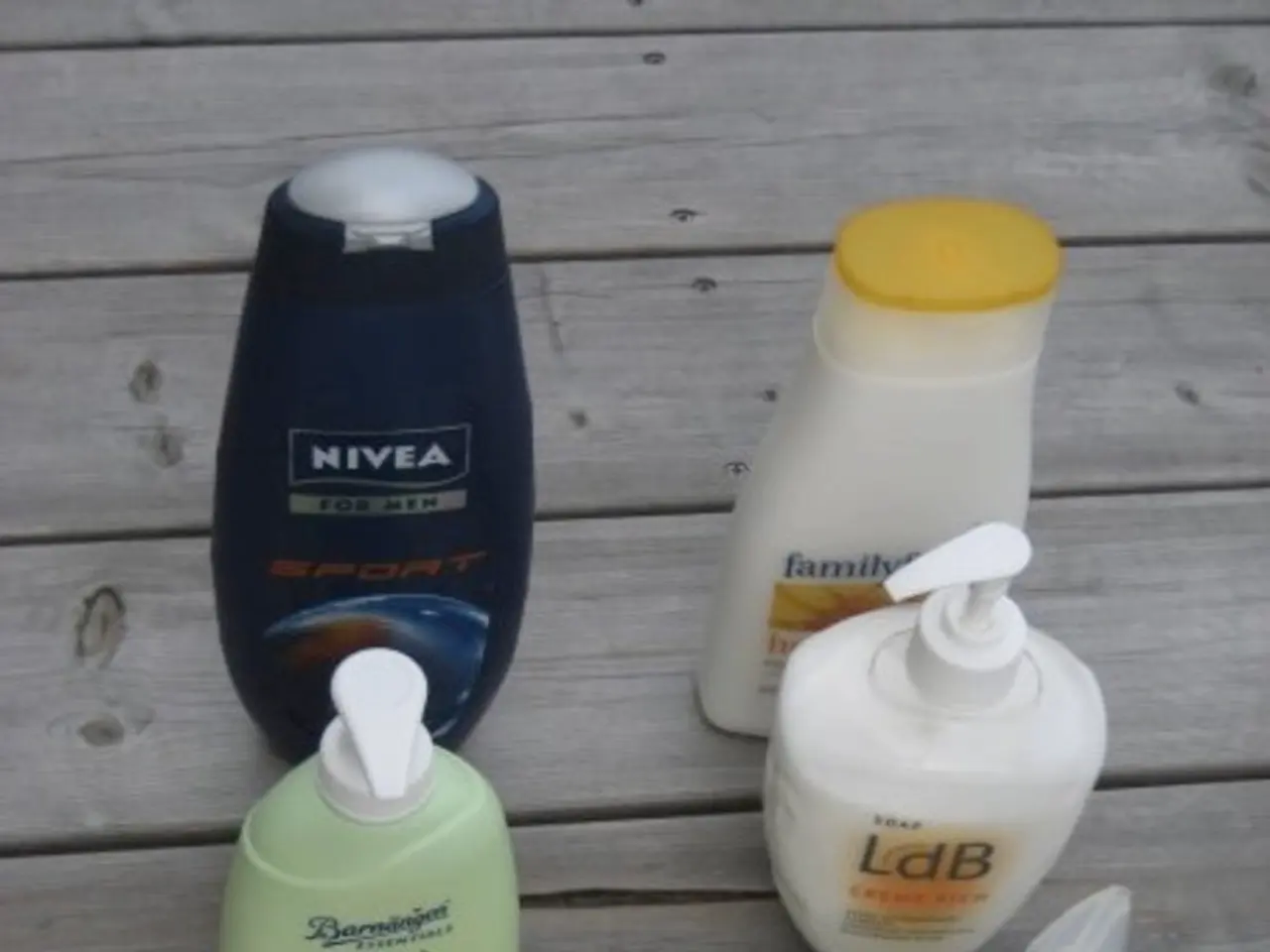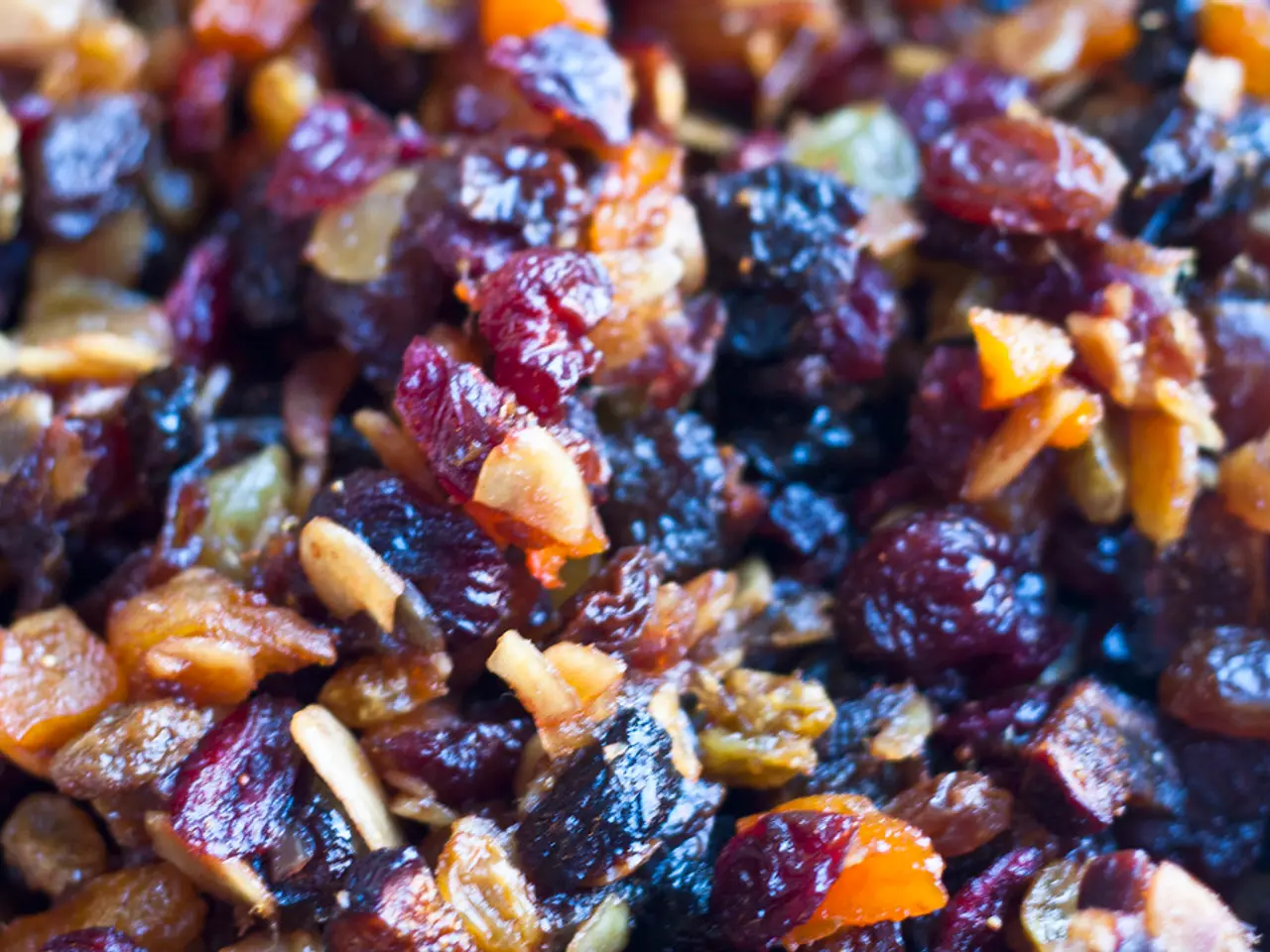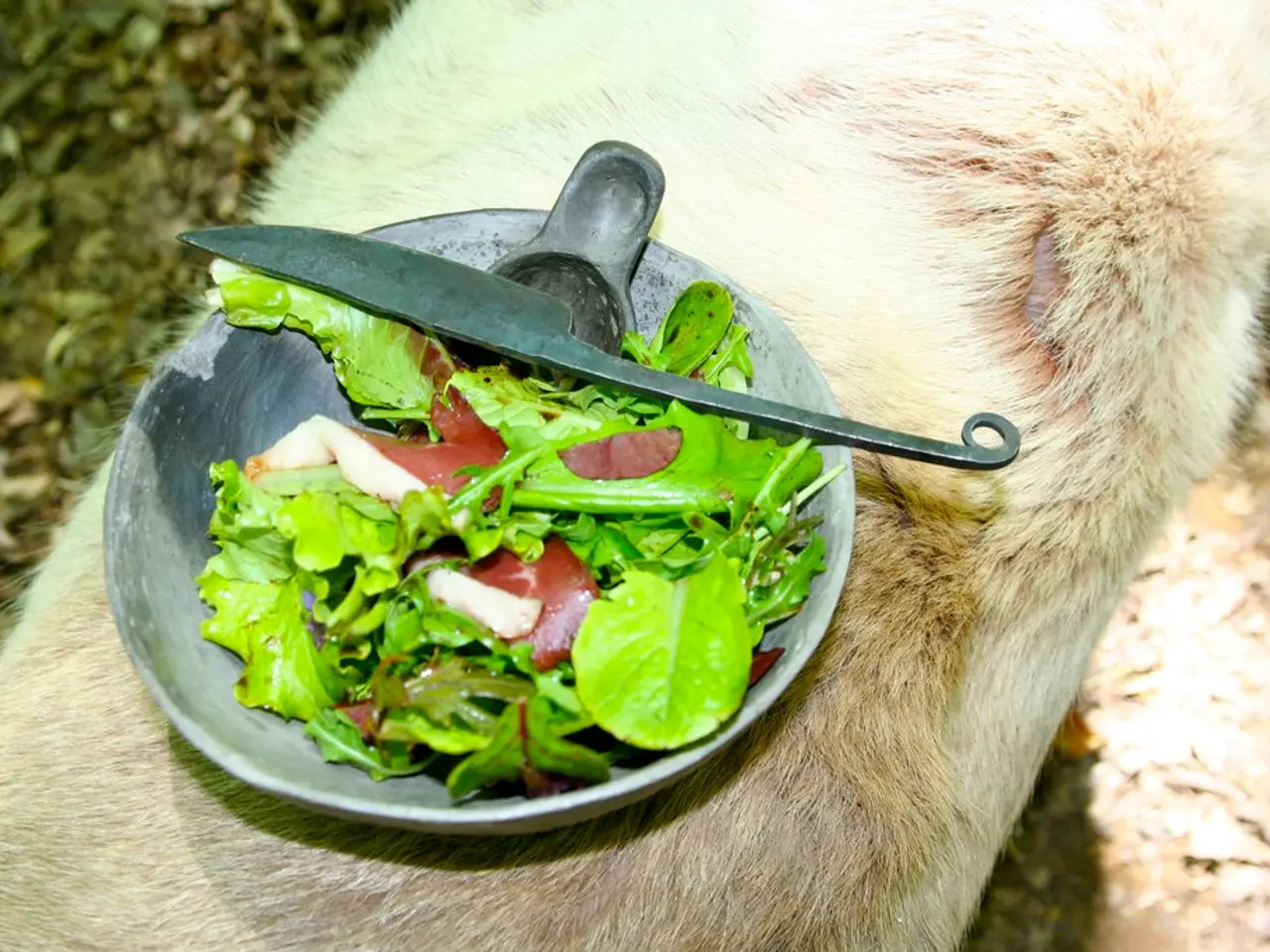Inner Thigh Boils: Recognizing Symptoms, Identifying Causes, and Seeking Treatment
In a bid to combat the discomfort and potential complications of boils on the inner thigh, a variety of home remedies and preventive measures have been found to be effective.
Firstly, it's crucial to understand that boils are typically caused by the bacterium Staphylococcus aureus invading a damaged or exposed hair follicle, often as a result of friction or injury. This makes it usually unsafe to drain boils at home.
However, when a boil does appear, it should be cleaned with warm, soapy water and avoided touching, rubbing, or applying pressure. If the boil becomes increasingly painful, recurrent, or accompanied by fever, medical attention is necessary to prevent complications or rule out conditions like hidradenitis suppurativa.
For those seeking home remedies, several natural options have been found to offer antimicrobial and anti-inflammatory benefits. Neem paste, made by crushing fresh neem leaves with water, has been used for its antimicrobial effects, though the process can be time-consuming and may stain skin or clothes. Potato juice, applied to the boil using a cotton ball 3-4 times daily, contains antibacterial compounds that may aid in healing, although effects can be mild and slow to appear.
Turmeric and coconut oil salve, made by mixing turmeric powder with coconut oil, offers anti-inflammatory properties, helping to relieve flare-ups and promote healing. Warm compresses can also help increase blood circulation, soften the boil, and encourage natural drainage. Honey-infused dressings can promote wound healing and reduce the risk of scarring due to honey’s antimicrobial and soothing effects.
Preventive measures include using chafing prevention products, modifying activities to lessen chafing, washing with soap and water daily, changing and washing linens regularly, wearing properly fitting, clean clothing while exercising, avoiding sharing towels, underwear, or sheets with others, maintaining a balanced diet, exercising regularly, avoiding smoking, maintaining a moderate body weight, avoiding sharing personal hygiene products that can break the skin's surface, avoiding skin injury where possible, and exfoliating the thighs regularly after hair removal.
It's important to note that while these remedies can provide relief and aid in healing, they should be used consistently for best results. Topical antibiotic creams or antibiotic nasal sprays may be prescribed if boils are chronic or do not respond to oral medication alone.
In summary, neem, potato juice, turmeric with coconut oil, warm compresses, and honey dressings are among the effective home remedies for boils on the inner thigh, combining antimicrobial and anti-inflammatory benefits to aid healing and provide relief. By adopting these remedies and following preventive measures, individuals can manage boils on the inner thigh effectively and minimize the risk of complications.
- Home remedies, such as neem paste, potato juice, turmeric with coconut oil, and honey dressings, offer antimicrobial and anti-inflammatory benefits for boils on the inner thigh, aiding in healing and providing relief.
- Warm compresses can help increase blood circulation, soften the boil, and encourage natural drainage in those seeking home remedies.
- Honey-infused dressings can promote wound healing and reduce the risk of scarring due to honey’s antimicrobial and soothing effects.
- Potato juice, applied 3-4 times daily, contains antibacterial compounds that may aid in healing boils but effects can be mild and slow to appear.
- Neem paste, made by crushing fresh neem leaves with water, has been used for its antimicrobial effects, though the process can be time-consuming and may stain skin or clothes.
- Turmeric and coconut oil salve, when applied, offers anti-inflammatory properties, helping to relieve flare-ups and promote healing.
- Preventive measures like using chafing prevention products, maintaining a balanced diet, exercising regularly, and avoiding skin injuries are crucial in minimizing the risk of developing boils on the inner thigh.




